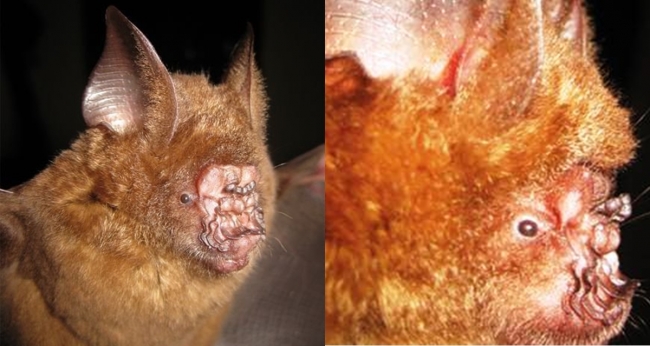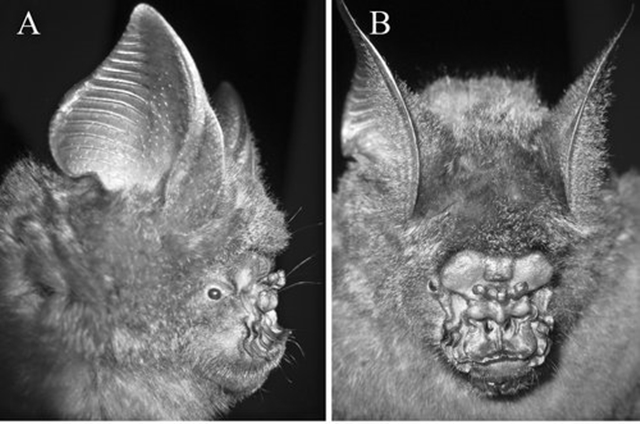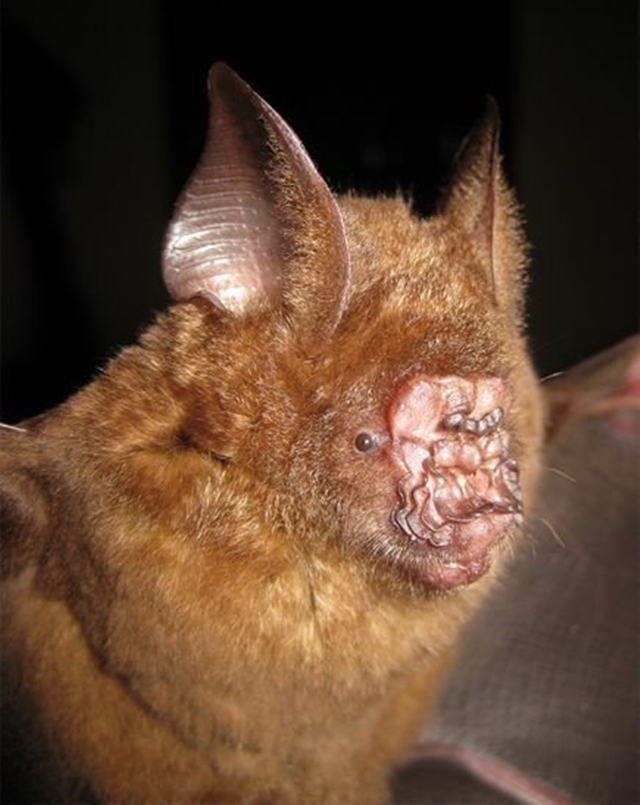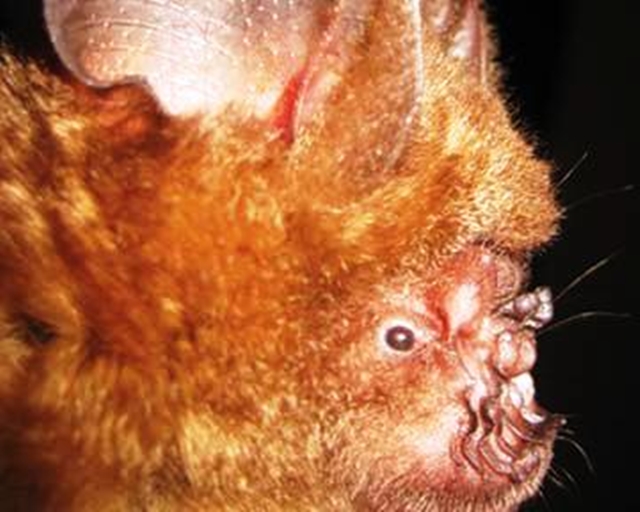The first time this species was discovered was in Vietnam. At that time, the scientific community was extremely surprised by its strange appearance. Although it may be a bit harsh, this face is truly haunting.

In 2008, a strange bat species was discovered in Chu Mom Ray National Park (Kon Tum). At that time, researchers did not pay much attention to it because they mistook it for being similar to other bat species. Only researcher Vu Dinh Thong of the Vietnam Academy of Science and Technology and his team think that this is most likely a completely new species of bat.
They set nets and traps for some of the bats mentioned above for research. The first animals caught surprised the research team. They resemble large leaf-nosed bats, but react more calmly when caught.

After measuring audio frequency signals and taking tissue samples, the research team determined that the bat species they caught had a different frequency than the leaf-nosed bat H. armige. Besides, their body size is also smaller, their skull and teeth have many differences. In other words, it is likely that this is a completely new bat species.

This new species of bat is called the fold-nosed bat H. griffini or the leaf-nosed bat H. griffini, scientific name is Hipposideros griffini (named after the late professor Donald Redfield Griffin). Its appearance raised the total number of species in the bat genus Hipposideros to 70.
Appearance of the fold-nosed bat H. griffini has leaf-shaped protrusions on its nose. This is where they use sound to locate. Many people commented that close-up photos of this bat species are truly haunting.

As of February 2012, sticky-nosed bats have only been discovered in Cat Ba National Park and Chu Mom Ray National Park. However, Mr. Thong believes that it may still live in many other places. The discovery of the sticky-nosed bat H. griffini in Vietnam proves that our country may be home to a diverse bat fauna. It is likely that there are many new species that have not yet been discovered.





